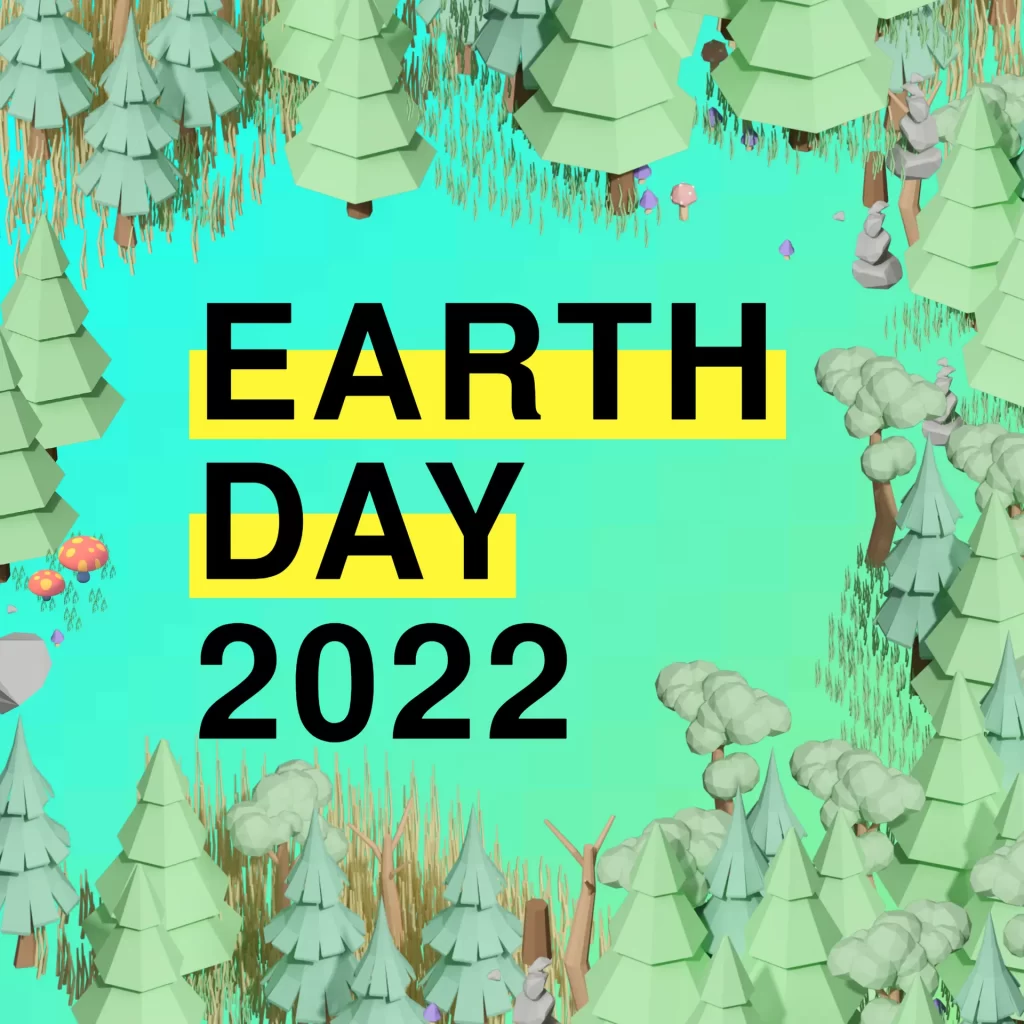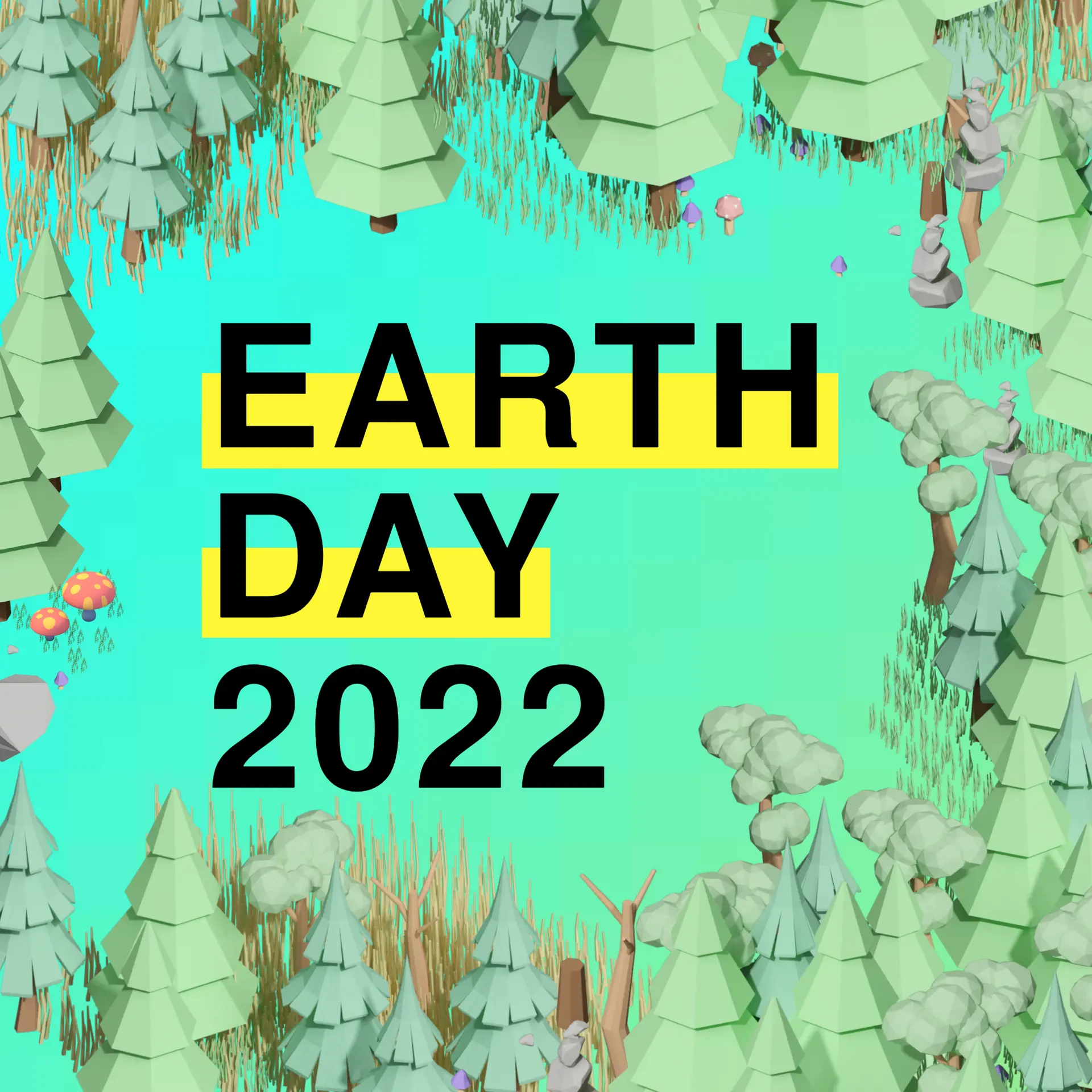We have some gorgeous challenges today to celebrate this special day! Before we dive in, let’s give you a summary: what even is “Earth Day”?
Earth Day (April 22nd) is celebrated every year and commemorates the environmental movement founded in the ’70s. It’s a day meant to raise awareness of problematic pollution caused by humans and all the ways we can help keep our planet safe and healthy for many years to come! Every year has a special theme, and this year the focus is on “investing in our planet”.
Speaking of investing, this Season we’re taking investing in the Earth one step further. During our Eco-Scandi Season, Redecor is making a donation to “The Earth Initiative” for every Season Pass sold! Support a worthy cause – while finding pollution-free ways to play around with as many different materials and patterns as you’d like! Our Season Pass also features the Eco-Bird, a wooden sculpture created out of reclaimed wood, meant to symbolize support of the Earth.

Here’s a bit more about the ways YOU can make an impact on the Earth! Every challenge we’ve chosen in the app today reflects another part of sustainability and investment in the Earth that can be easily incorporated to everyday life by people around the world. Let’s go!
One With Nature
Living in the big city AND being connected to nature can prove to be quite the task, but this lovely balcony does it just right. Although many city dwellers fill their weekends with as much sunshine and hikes as they can, most of their days are spent amongst the bright city lights.
Our artists wanted to remind us all that being in touch with nature, and more generally, focusing on what makes us feel good, is a choice we make – and it can start with our decor! If you miss the natural sunlight and the sound of leaves brushing through the wind, you can create your very own peaceful environment, no matter where you live. Being one with nature, connecting with nature, is something every person can do, whether they start recycling, using public transport more often, or just creating a nature-filled space inside their home!
Mother Earth
Leila, this challenge’s client, tries to grow her own produce. Although we may think of it as a small impact, it actually can help nature quite a bit in the long run!
On top of having the emotional fulfillment of nurturing and creating an organic home-grown meal, growing your own vegetables can diminish your carbon footprint. For one, no plastic wrappers are involved when getting your veggies, decreasing fossil fuel usage. Secondly, food from shops often travels over 1,500 miles before reaching its destination, so growing your own would mean cutting back on the fossil fuels burned during the veggie’s travel to your plate as well.
No one’s expecting you to pick up that farming gear and become a pro overnight. It’s a learning experience and you don’t have to grow everything you eat right away, of course, but it’s always nice to take small steps in the right direction when you’re comfortable with it! Easier veggies to grow, like lettuce, carrots and potatoes are a good starting point for any beginner.
Connected as One
This challenge focuses on the emotional connection humans have to nature. Many religious beliefs around the globe refer to the circle of life, where the world coexists in a beautiful cycle and every member of nature plays its part.
Humans are not separate from the planet, much as it may feel that way sometimes! The thought of getting on a spaceship and escaping once we’ve dried out this planet is a sci-fi-fueled fantasy that isn’t based in our current reality.
We live in a delicate ecosystem that relies on all its parts to continue thriving – and we don’t always do our part. When we overuse our natural resources, we’re impacting the entire planet! This challenge is a gentle reminder to pause before we make our next purchase, research a bit more and make mindful decisions that not only benefit ourselves and what we want at the moment – but the whole Earth. After all, we’re all connected as one.
Fashion Revolution
“Fast fashion” is a term given to quickly changing fads that require people to purchase clothes at a higher rate than they actually need to. We’ve all been there – our old sneakers work just fine but they’re not that sparkly white anymore! And those new ones at the store look so tempting, and they’re on sale!
It’s rare to find a person that hasn’t caved in and gotten themselves a little “treat” in the form of a new shirt or some shoes, no matter how mindful they are of the Earth. Sadly, this trend has picked up pace in the last couple of years, and instead of an occasional occurrence, consumers have been buying more and more clothes to keep up with the latest trends. This is having a horrific effect on the environment: according to a 2021 study, the fashion industry alone creates over 53 million tonnes of fiber every year, with up to 70% of it going to waste in garbage dumps or incinerators.
Here’s another shocking question – what causes more greenhouse gass emissions, the shipping and international air travel industry combined, or the global textile industry? You guessed it. Textiles.
Purchasing quality items that are classic and will never go out of style is one way to combat this! Buying secondhand or from local designers is another. We can all find our way to look fashionable – and still keep the Earth in mind!
This is part of the reason Redecor is so Eco-friendly, as a design platform. It allows you to mix and match all the patterns and textiles you could want, without creating physical waste due to harmful textiles or fossil fuel emissions meant to get them to the stores. It’s a guilt-free way to learn and evolve as a designer – without harming the Earth.
Redecor is supporting EarthDay Initiative as they bring people back together in person and virtually to call for climate action and environmental justice.
Environmental design uses innovation to eliminate negative impacts, waste and pollution, and connects people with the natural environment.














